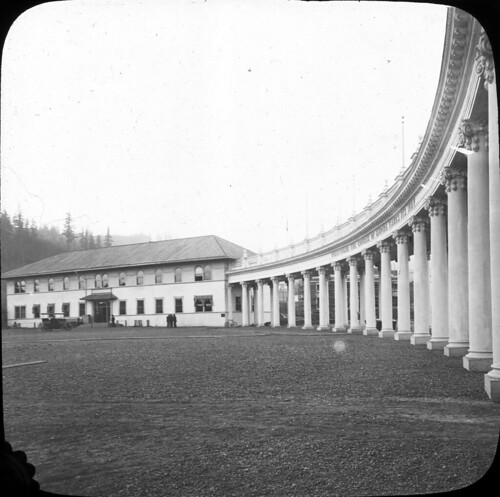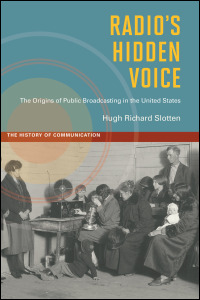I loved “Pedaling Revolution: How Cyclists Are Changing American Cities,” especially once I realized it was reviewed by David Byrne in the NY Times… But when I read that Jeffrey Kovac, author of “Refusing War: Assuming Peace: A History of Civilian Public Service at Cascade Locks” was coming to OSU, I knew I had to pass it on to all our blog readers!
Kovak will be in Corvallis Oct. 18 for a 3 p.m. talk, presentation, and discussion at the Corvallis-Benton County Public Library. The event is free and open to the community.
Here’s a blurb from the OSU Press site:
“One of the untold stories of America’s World War II experience belongs to the thousands who refused military service for reasons of conscience, instead serving their country through non-military alternate service. Refusing War, Affirming Peace offers an intimate view of a single Civilian Public Service Camp, Camp #21 at Cascade Locks, Oregon, one of the largest and longest-serving camps in the system—and one of the most unusual. Under the leadership of a remarkable director, Rev. Mark Y. Schrock, and some outstanding camp leaders, the men at Camp #21 created a vibrant community. Despite the requisite long days of physical labor, the men developed a strong educational program, published a newspaper and a literary magazine, produced plays and concerts, and participated in a special school and research project called the School of Pacifist Living. They also challenged the Selective Service System in two political protests—one concerning the threatened removal of a Japanese American, George Yamada, and a second concerning a war- related work project.”











